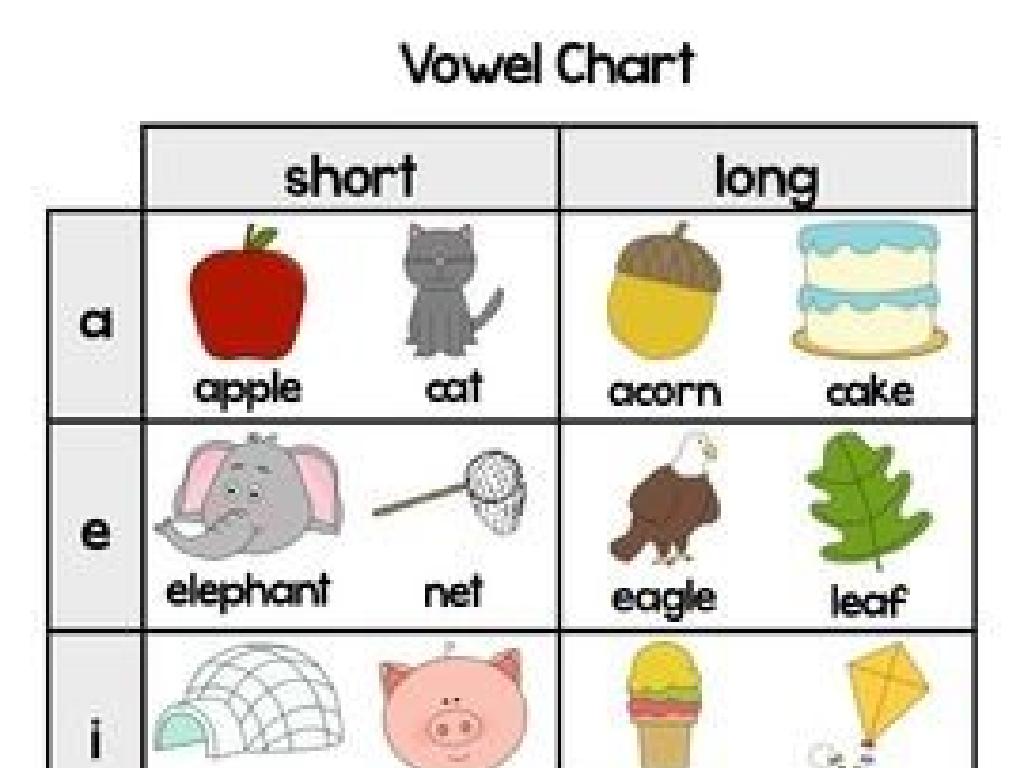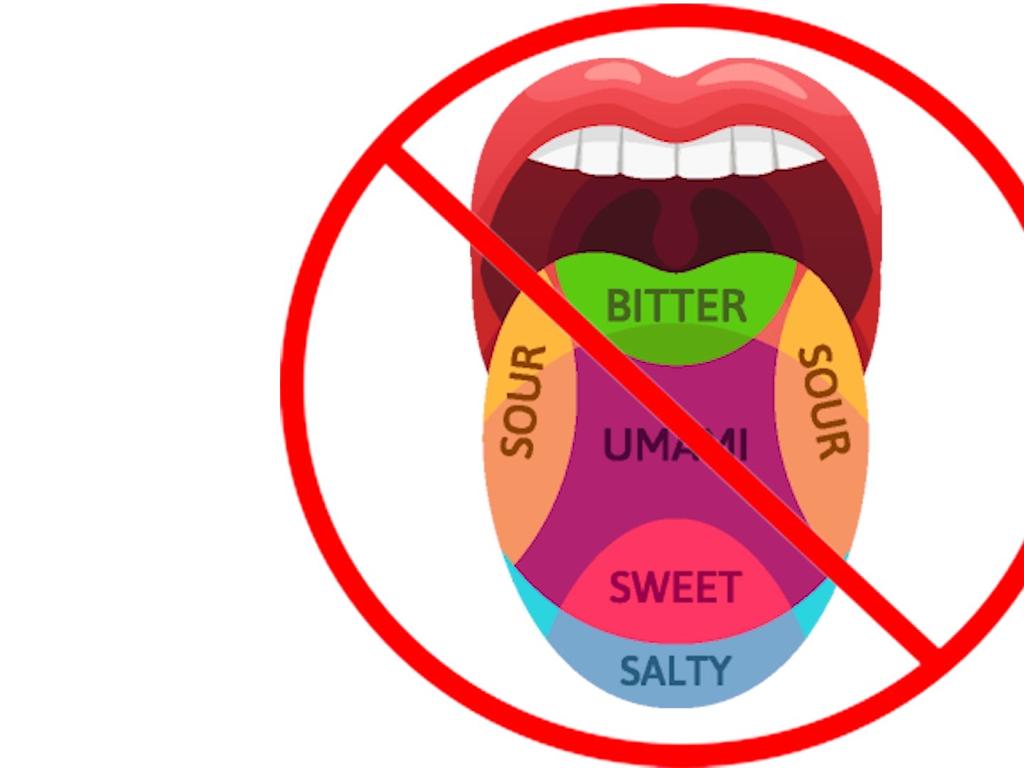Commas With Direct Addresses
Subject: Language arts
Grade: Fourth grade
Topic: Commas
Please LOG IN to download the presentation. Access is available to registered users only.
View More Content
Commas and Direct Addresses
– What is a comma?
– A comma is a punctuation mark used to pause or separate ideas.
– Commas’ role in sentences
– Commas help readers understand sentence structure and meaning.
– Focusing on direct addresses
– Direct addresses use commas to show who is being spoken to in a sentence.
– Practice using commas correctly
– Let’s find and place commas in sentences with direct addresses.
|
This slide introduces the concept of commas, particularly their use in direct addresses. Begin by explaining that a comma acts like a pause when we speak, helping to separate ideas and clarify the meaning of sentences. Emphasize the importance of commas in writing for clear communication. Today’s lesson will focus on using commas when directly addressing someone, such as in the sentence ‘Let’s eat, Grandma!’ versus ‘Let’s eat Grandma!’ which without a comma implies something entirely different. Engage the class with examples and have them practice inserting commas in sentences to ensure they grasp the concept.
Understanding Direct Addresses
– What is a direct address?
– It’s when you call someone by name or title in a sentence.
– Spot who is spoken to
– Look for names or titles in sentences to find it.
– Examples in daily talk
– ‘Mom, can I go out?’ or ‘Please, Mr. Smith, take a seat.’
– Practice with commas
|
This slide introduces the concept of direct address, which is when we speak directly to someone, using their name or a title, and it’s usually separated by commas. Explain that the person or thing being addressed can be found by looking for a name or a title in a sentence. Provide everyday examples, such as calling a family member or a teacher, to make it relatable. Encourage students to practice using commas in sentences with direct addresses. For example, writing dialogues or sentences where they speak to classmates or fictional characters can be a good exercise.
Commas in Direct Addresses
– Commas clarify who we speak to
– Rule: Comma before or after a name
– When talking to someone, use a comma to show it
– Example: ‘Let’s eat, Grandma!’
– Shows pause to address Grandma directly
– Example: ‘Let’s eat Grandma!’
– Without the comma, it sounds like we’re eating Grandma!
|
This slide introduces the concept of using commas in direct addresses to clarify who is being spoken to. It’s crucial for students to understand that a comma can change the meaning of a sentence dramatically, as shown in the examples. ‘Let’s eat, Grandma!’ means that the speaker is inviting Grandma to eat, whereas ‘Let’s eat Grandma!’ implies a very different and humorous scenario. Emphasize the importance of the comma before the name when directly addressing someone, and encourage students to come up with their own sentences to practice this punctuation rule.
Practice: Commas in Direct Addresses
– Find the direct address in sentences
– Look for the name or title of the person being spoken to.
– Discuss the role of the comma
– Commas signal a pause and highlight who is addressed.
– Why commas help clarity
– Without commas, sentences can be confusing or misunderstood.
– Examples to illustrate use
– ‘Let’s eat, Grandma!’ vs. ‘Let’s eat Grandma!’
|
This slide is aimed at helping students practice identifying direct addresses in sentences and understanding the importance of using commas to clarify meaning. Start by explaining that a direct address is when we speak directly to someone, using their name or a title. Emphasize how commas before or after the direct address can change the meaning of a sentence and prevent misinterpretation. Provide clear examples showing with and without commas, and discuss how the presence of a comma can alter the sentence’s meaning. Encourage students to come up with their own sentences and share them with the class for a collaborative learning experience.
Creating Sentences with Direct Addresses
– Write sentences with classmates’ names
– Example: ‘David, please pass the crayons.’
– Use commas for direct addresses
– A comma shows who is being spoken to directly.
– Share your sentences in class
– We’ll take turns reading our sentences aloud.
– Practice makes perfect!
|
This slide is for a class activity where students will practice using commas in direct addresses. They will write their own sentences using the names of their classmates, ensuring they place commas correctly to indicate who is being spoken to. This exercise will help reinforce the concept of direct address and the use of commas to clarify meaning. After writing, students will have the opportunity to share their sentences with the class, providing them with practice in both writing and public speaking. Encourage creativity and praise correct comma usage. Possible activities include writing sentences on the board, pairing up to review each other’s sentences, or creating a short story using direct addresses.
Class Activity: Comma Hunt
– Pair up for a comma quest
– Find sentences with missing commas
– Correctly place commas in direct addresses
– Look for names or titles used in sentences that need a comma before or after
– Explain why the comma is needed
– Share with the class the reason for your comma placement
|
This interactive activity is designed to help students understand the use of commas in direct addresses. Students will work in pairs to search for sentences placed around the classroom by the teacher. Each sentence will contain a direct address that is missing a comma. Students must identify where the comma is missing, place it correctly, and be prepared to explain their reasoning. For example, ‘Let’s eat Grandma!’ vs. ‘Let’s eat, Grandma!’ The activity emphasizes the importance of commas in clarifying the meaning of sentences. Teachers should prepare sentences with common direct address scenarios and ensure that each pair has a chance to present their findings to the class.
Conclusion: Commas in Direct Addresses
– Why commas matter in addresses
– Commas help clarify who is being spoken to, like ‘Let’s eat, Grandma!’ vs ‘Let’s eat Grandma!’
– Reviewing classmates’ sentences
– Look at sentences we made. Did they use commas right?
– Quick quiz on comma placement
– Find and fix the commas in sentences I give you.
– Practice makes perfect
|
As we wrap up, remind students of the importance of using commas when directly addressing someone, which prevents confusion and changes in meaning. Go over some of the sentences that classmates have created to reinforce correct usage. Then, conduct a quick quiz where students identify the direct address in a sentence and place commas correctly. This will help solidify their understanding. Encourage students to practice this skill by reading aloud and pausing at commas, and by writing their own sentences using direct addresses with commas.






